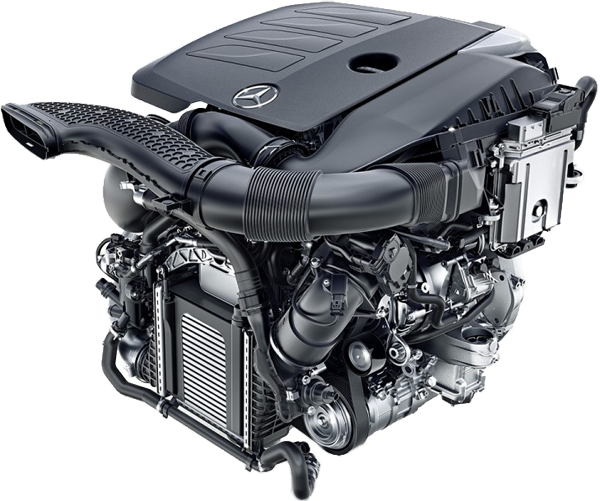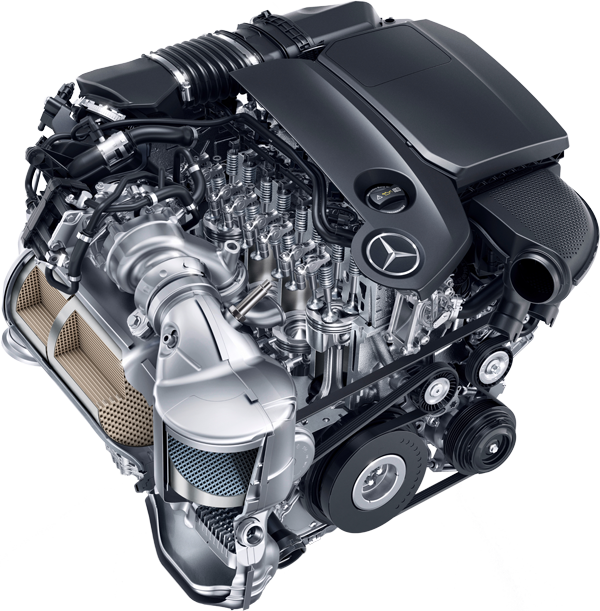The Comparative Analysis :
Mercedes E 300 9G-TRONIC (19 - 19) vs. Mercedes E 220 d 9G-TRONIC (18 - ..)
€ 54,800

€ 47,500

€ 54,800
Base Price ⓘBase price of a new vehicle with standard equipment in Germany at market launch.
€ 47,500
ⓘBase price of a new vehicle with standard equipment in Germany at market launch. Price Info
Vehicle Dimensions
The dimensions of the E 300 and the E 220 d are absolutely identical. Both are 4923 mm long, 1852 mm wide and 1468 mm tall.
E 300
E 220 d
1468
1852
2065
1468
1852
2065
1852 mm
Width
1852 mm
2065 mm
Width Incl. Mirrors
2065 mm
1468 mm
Height
1468 mm
2939
4923
2939
4923
4923 mm
Length
4923 mm
2939 mm
Wheelbase
2939 mm
Vehicle Weight
E 300
E 220 d
1655 kg
Kerb Weight
1715 kg
2295 kg
Gross Vehicle
Weight
Weight
2330 kg

Weight Difference:
60 kg
3.5 %

General
E 300
E 220 d
W213
Generation
W213
Saloon
Car Body Style
Saloon
Unleaded (95 RON)
Fuel Type
Diesel

Rear-wheel drive
Drive
Rear-wheel drive

9-speed automatic transmission
Transmission
9-speed automatic transmission
Engine
E 300
E 220 d
4-cylinder mild hybrid petrol engine with turbocharger
Engine Type
Straight-four diesel engine with turbocharger
Mercedes-Benz M 264
Engine Series
Mercedes-Benz OM 654
M 264.920
Engine Code
OM 654.920


4
Valves
4
4
Cylinders
4
1991 CC
Engine Capacity
1950 CC
268 bhp
at 5500 rpm
Power
191 bhp
at 3800 rpm
E 300
268 bhp
191 bhp
E 220 d
370 NM
at 1800 rpm
Max. Torque
400 NM
at 1600 rpm
E 300
370 NM
400 NM
E 220 d
Performance
E 300
E 220 d
155 mph
Maximum Speed
149 mph
6.2 sec
Acceleration 0 to 62 mph
7.3 sec
62 mph
62
mph
mph
86 m
0.000 sec

E 300
62 mph
62
mph
mph
101 m
0.000 sec

E 220 d
▶ REPLAY
6.18 kg/bhp
Weight-to-Power Ratio
8.98 kg/bhp
E 300
6.18 kg/bhp
8.98 kg/bhp
E 220 d
Fuel Economy / Emissions
E 300
E 220 d
Fuel Economy
45 mpg
combined
63 mpg
E 300
45 mpg
63 mpg
E 220 d
34 mpg
city
54 mpg
54 mpg
motorway
71 mpg
66 L
Fuel Tank Capacity
50 L
651 mi
Range
690 mi
E 300
651 mi
690 mi
E 220 d
Environmental Impact
119.4 kWh
Total Energy Consumption
per 100 miles ⓘThe total energy consumption per 100 miles is the amount of energy consumed by a vehicle when burning fuel or using electricity per 100 miles (final energy), and the energy required to produce the appropriate amount of fuel or electricity (primary energy).
per 100 miles ⓘThe total energy consumption per 100 miles is the amount of energy consumed by a vehicle when burning fuel or using electricity per 100 miles (final energy), and the energy required to produce the appropriate amount of fuel or electricity (primary energy).
92.5 kWh
E 300
119.4 kWh
92.5 kWh
E 220 d
Euro 6d-TEMP-EVAP-ISC (WLTP) 36CH, 36CI, 36DG
Emission Standard
Euro 6d-TEMP
164 g/km (WLTP)
CO2 Emissions
139 g/km (WLTP)
Practical Convenience
E 300
E 220 d
4
Doors
4
5
No. of Seats
5
640 kg
Maximum Payload
615 kg
540 L
Boot Capacity
540 L










No data
Boot Capacity (Seats Down)
No data

















